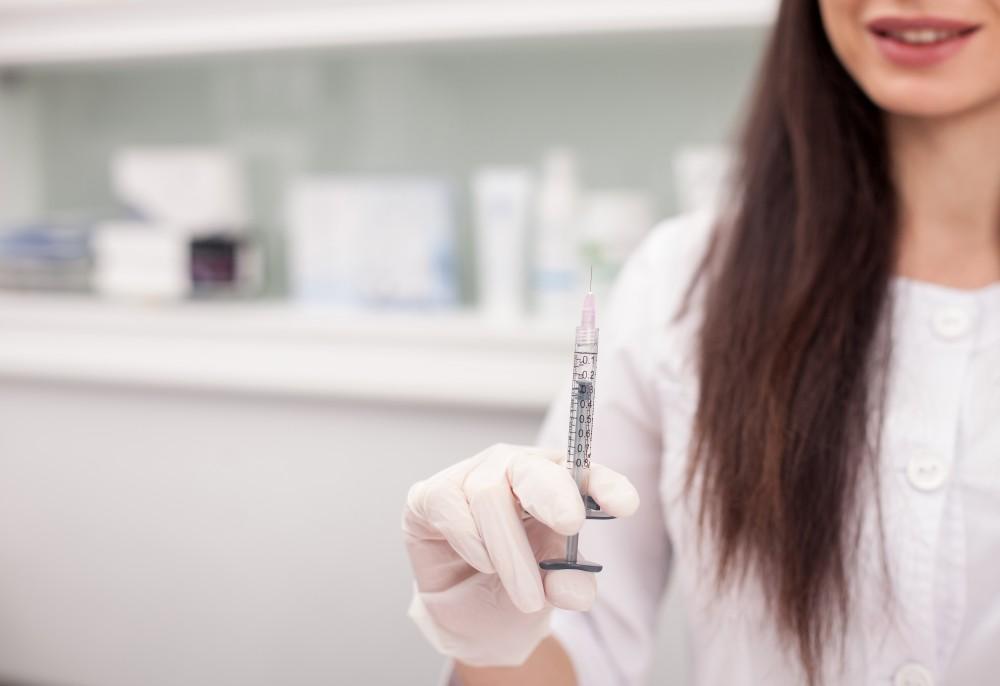Botox vs. Dysport: What’s the Difference?

Every year, millions of people turn to wrinkle-fighting injections to help ward off those pesky signs of aging, smoothing their complexions and boosting their self-confidence levels at the same time.
Among all injectable products used to battle lines and wrinkles, neuromodulating products like Botox® and Dysport® are by far the most popular.
At Rostami OPC, Soheila Rostami, MD, and Joseph Davidson, MD, offer both Botox treatments and Dysport injections for women and men in Reston and Dulles, Virginia, using a custom approach for beautiful, natural-looking results. Heres how to decide which agent is best for your goals.
Quick facts about neuromodulators
Neuromodulating agents like Botox and Dysport work by modulating, or affecting, nerves in this case, the nerves that cause facial muscles to contract. Normally, these contractions tug on your skin, creating lines and wrinkles that eventually become etched into your skin.
Because these wrinkles are associated with movement, theyre called dynamic wrinkles. By blocking the nerve signals that trigger muscle contractions, Botox and Dysport prevent dynamic lines and wrinkles from forming, so your skin looks smoother.
Dynamic wrinkles typically occur around your forehead, eyes, and mouth, and include:
- Crows feet
- Forehead lines
- Frown lines (also called glabellar lines)
- Smokers lines
On the other hand, dermal fillers treat static wrinkles lines that form as a result of volume loss, sun damage, genetics, and other causes not related to muscle movement.
Botox vs. Dysport: Understanding the differences
Both Botox and Dysport rely on the same underlying ingredient (a protein produced by the bacterium Clostridium botulinum), but they each use a different accessory protein as part of their formulation. This difference affects how they act once theyre injected.
Botox
Initially used to treat an eye condition called blepharospasm (uncontrollable blinking), Botox is FDA-approved for treating wrinkles around the eyes, brows, and forehead. However, its often used off-label to treat lines around the mouth, chin, and elsewhere, and it gently lifts drooping brows.
Botox uses a formulation that makes it ideal for targeting very small areas, and it also has a long usage history and safety profile. After injections, it takes about a week or so for the effects of Botox to become apparent.
In most cases, the effects last about four months, but some people find their results remain for up to six months.
Dysport
Currently, Dysport is only approved for treating glabellar lines, but like Botox, its widely used off-label for other wrinkles and lines. Dysports formulation enables the product to disperse more quickly, which means you notice results a little faster typically within a few days.
Faster dispersion also means Dysport may be more effective for treating larger areas, like your forehead, rather than more targeted areas that require greater precision. Some people find Dysport wears off a little faster than Botox, while others find it lasts about 4-5 months.
Treatment: What to expect
Both Botox and Dysport injections are administered in the same way. First, we carefully map the injection sites to ensure we achieve your goals.
Next, we cleanse your skin, then use a local anesthetic to numb the area. Once the area is prepped, we use a very fine needle to inject the solution. The needles small size ensures precision and accuracy in targeting the muscles, while limiting discomfort.
Afterward, theres no downtime, but you may have some mild tenderness, swelling, or bruising in the injection sites. Its important not to rub the area right after treatment because you want to avoid spreading the solution over a larger area.
Both Botox and Dysport can be used in combination with dermal fillers to treat wrinkles from your forehead to your chin, and you can repeat both as needed to maintain your beautiful results.
Bottom line: Choosing the right product for you
Both Botox and Dysport are very effective in smoothing out dynamic wrinkles, and both can be used in similar areas.
The best way to decide which one is better for your needs is to schedule an evaluation so we can review your goals, examine your facial anatomy, and discuss a custom treatment plan just for you.
To learn more about our entire lineup of wrinkle-fighting injectables, call 571-568-8716 or book an appointment online with the team at Rostami OPC today.
